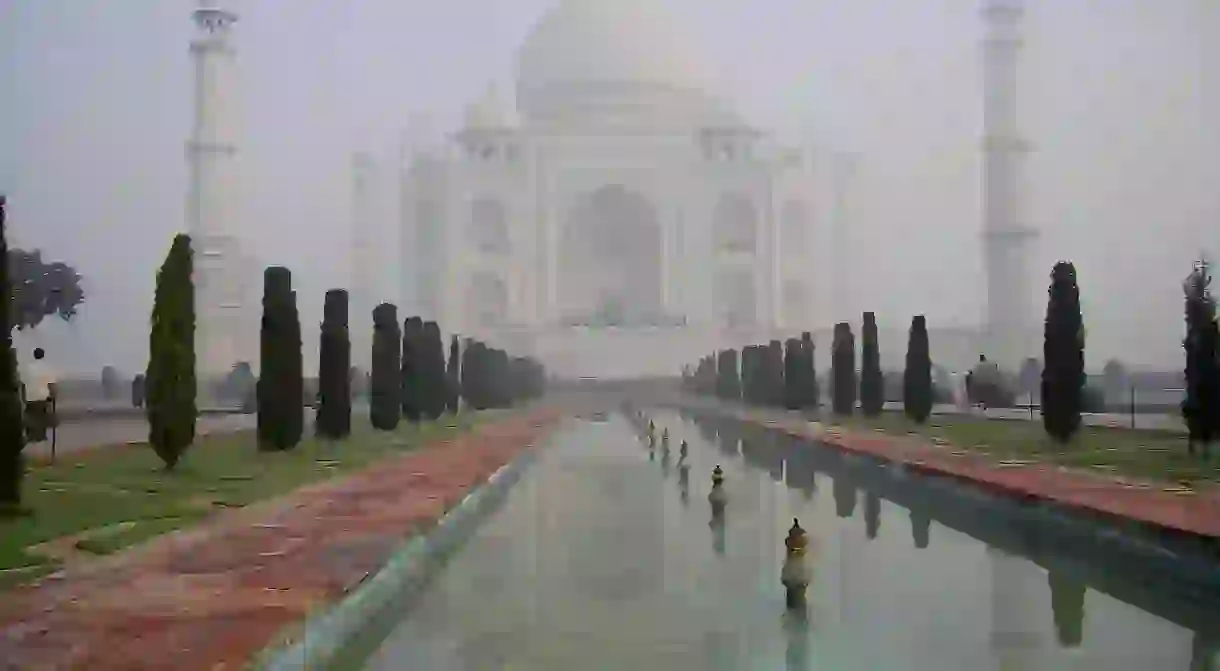These Iconic Destinations Are Disappearing, Here's Why

Global warming, urbanisation and overtourism are causing some of the world’s most iconic destinations to disappear. Visit them while you still can!
The Dead Sea
The world’s most famous sea might not survive another generation. Starved of water by man-made dams along the River Jordan, the Dead Sea is more susceptible than ever to the effects of global warming and it’s estimated the surface level is falling by one metre every year. The salt-rich water has been lauded for millennia for its restorative powers and each year thousands of holidaymakers flock to its shores.

Venice
The thought of Venice’s incredible architecture and cultural heritage disappearing forever is a terrible – but not unimaginable – scenario. The city has been slowly sinking ever since it was built (about nine inches in the last century alone) and severe floods threaten inhabitants on an increasingly regular basis. Experts predict that risings sea levels could cause Venice and much of Italy’s north Adriatic coast to disappear by 2100.

The Great Wall of China
The Great Wall is one of the largest man-made structures on Earth – but natural erosion and overtourism might soon see to that. In 2015 state media reported as much as 30% of the Great Wall had already been lost, urging people to respect the 2,000 year-old UNESCO Heritage site.

The Everglades
According to researchers, the Florida Everglades are better for the health of our planet than many rainforests, but that hasn’t stopped decades of untempered urbanisation. The Everglades are being starved of freshwater as Lake Okeechobee is diverted towards surrounding towns and cities. Population pressures and agricultural run-off have all contributed to the lake’s shrinking size and the near-extinction of over 60 indigenous species in the Everglades National Forest.
You might also be interested in: Top 10 Disappearing Travel Destinations To Visit Before They’re Gone and The Titanic is Disappearing and Here’s Why

Mount Kilimanjaro
Just 320 kilometres from the equator, it’s incredible that you can find year-round snow on Mount Kilimanjaro. Although that looks likely to change. According to a 2012 report from NASA, 85% of Kilimanjaro’s snow cap melted between 1912 and 2011, and scientists predict it will all be gone by 2060. Global warming is at the heart of this enormous glacial retreat, which could dramatically alter the landscape of one of the world’s most beloved sights.

Maldives
With an average elevation of just around five feet (1.5 metres) above sea level, the Maldives is the lowest lying country on earth, making it especially susceptible to the effects of global warming and rising sea levels. Experts predict the islands could be gone within 50 to 100 years. You know it’s bad when the Maldivian government purchases land in other countries in anticipation of mass displacement.

Machu Picchu
Overtourism has seen Machu Picchu added to UNESCO’s endangered list. Peru and UNESCO have taken measures to protect the ancient Incan citadel by limiting the number of daily visitors. This new wonder of the world is slowly being restored, but many of the original features have already been lost due to years of overcrowding.

Mont Blanc
The glaciers on Europe’s tallest mountain are melting at an alarming rate. This has caused Mont Blanc to shrink by more than a metre in two years. Some experts have predicted the glaciers could completely disappear by 2050.

The Taj Mahal
The world’s most romantic gesture is being destroyed by thick smog that is polluting and eroding its ornate facade. The marble mausoleum, India’s most popular tourist attraction, is also at risk of being totally destroyed unless urgent action is taken to reinforce its ancient foundations. Falling water levels of the nearby Yamuna River are having an impact on the wooden foundations.














